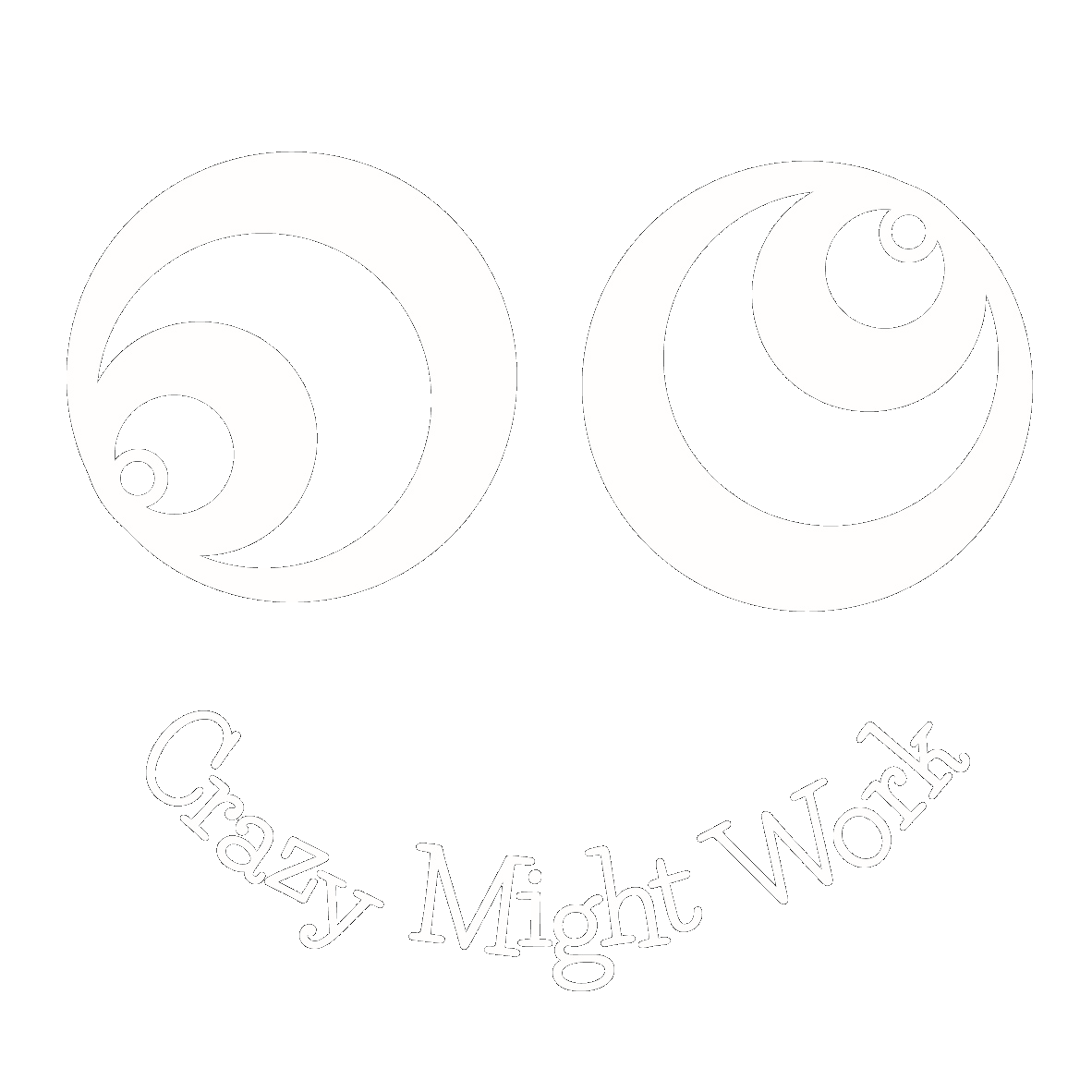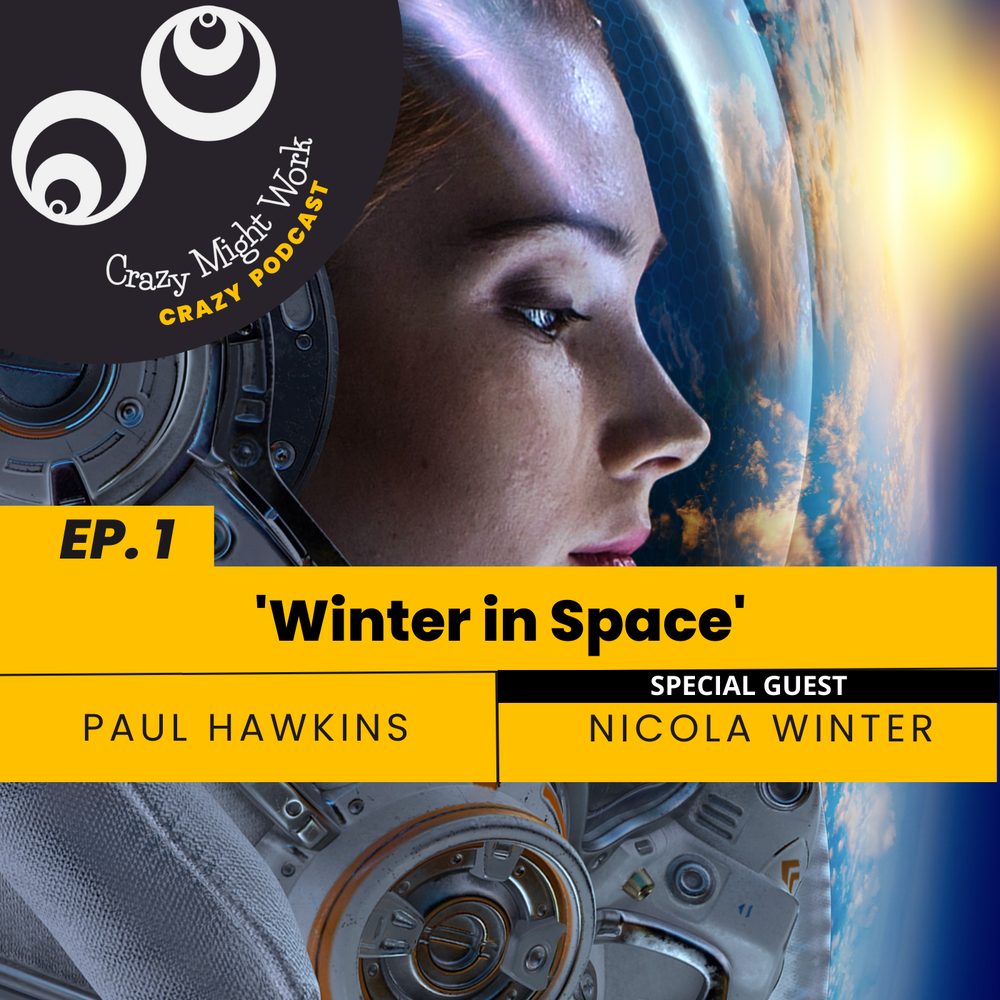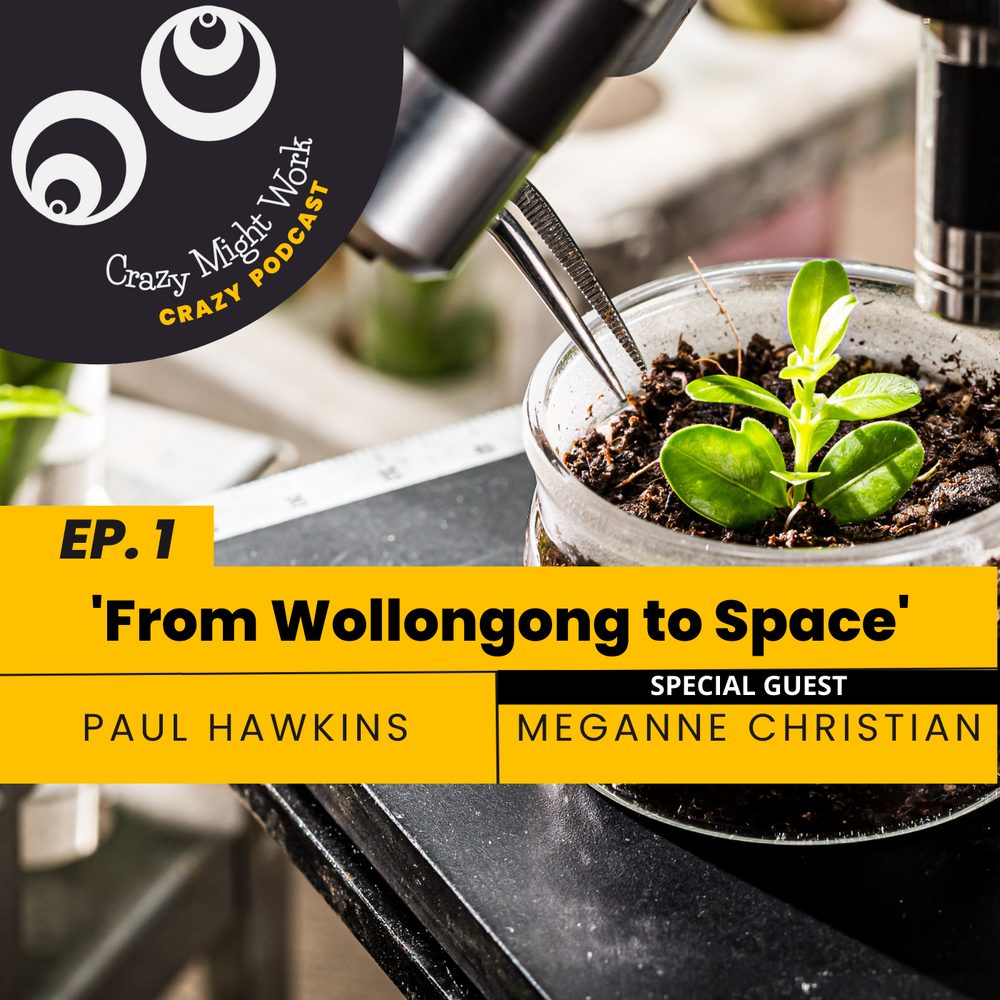Stanford research shows that character-driven stories are about 22 times more memorable than any other way of conveying information. And Storytelling is as ancient as humanity itself, passed down the ages as a way of transmitting culture, values and lessons learned.
Strategic Storytelling is the application of these skills in a business setting as a way of creating connection, cohesion and direction. Strategic Storytelling follows the ancient Aristotlean wisdom of Ethos, Pathos and Logos: Establishing credibility and emotional connection before going on to suggest a logical solution or path of action.
When to use it?
To strengthen a mission, overcome resistance to a change, or create engagement (with the heart as well as the head). Nothing beats a character-driven story and there are several tried and tested variations that can be used to great effect. Here are a few examples:
- Origin
The making of you, your team, or organisation to express your purpose, values and priorities. - Value
Impact stories told at a human and emotional level about the difference you make for others in the world. - Crucible
Stories about facing and overcoming formidable setbacks, obstacles or adversity. - Pie-in-the-Face
Stories about your own fallibility that show a human and relatable side, that allows others to connect.
Success Story
Mission
Crazy Might Work were engaged by the executive leaders of an international aid and development organisation to enhance innovation capabilities and the ability to tell their stories of impact around the world.
Solution
We designed and delivered a 4-month program of breakthrough thinking experiences. A variety of curated methods were used to uplift capability in the areas of innovation, impact, and influence through strategic storytelling. Cross-disciplinary teams were given the opportunity to identify what they believed to be the strongest levers for change in their control. They then undertook rapid research, design and prototyping, followed by a deep dive into strategic storytelling. They created character-driven stories anchored in real-life aid and development scenarios. The program culminated in pilot pitches, using storytelling to persuade a panel of executives (internal and external) to approve funding for these innovation initiatives.
Results
Four compelling strategic stories were told to advocate for the pilot ideas, resulting in one immediate approval – an idea to support partners in telling their own impact stories. The other concepts were channelled into the newly-announced innovation lab for further testing and validation.



